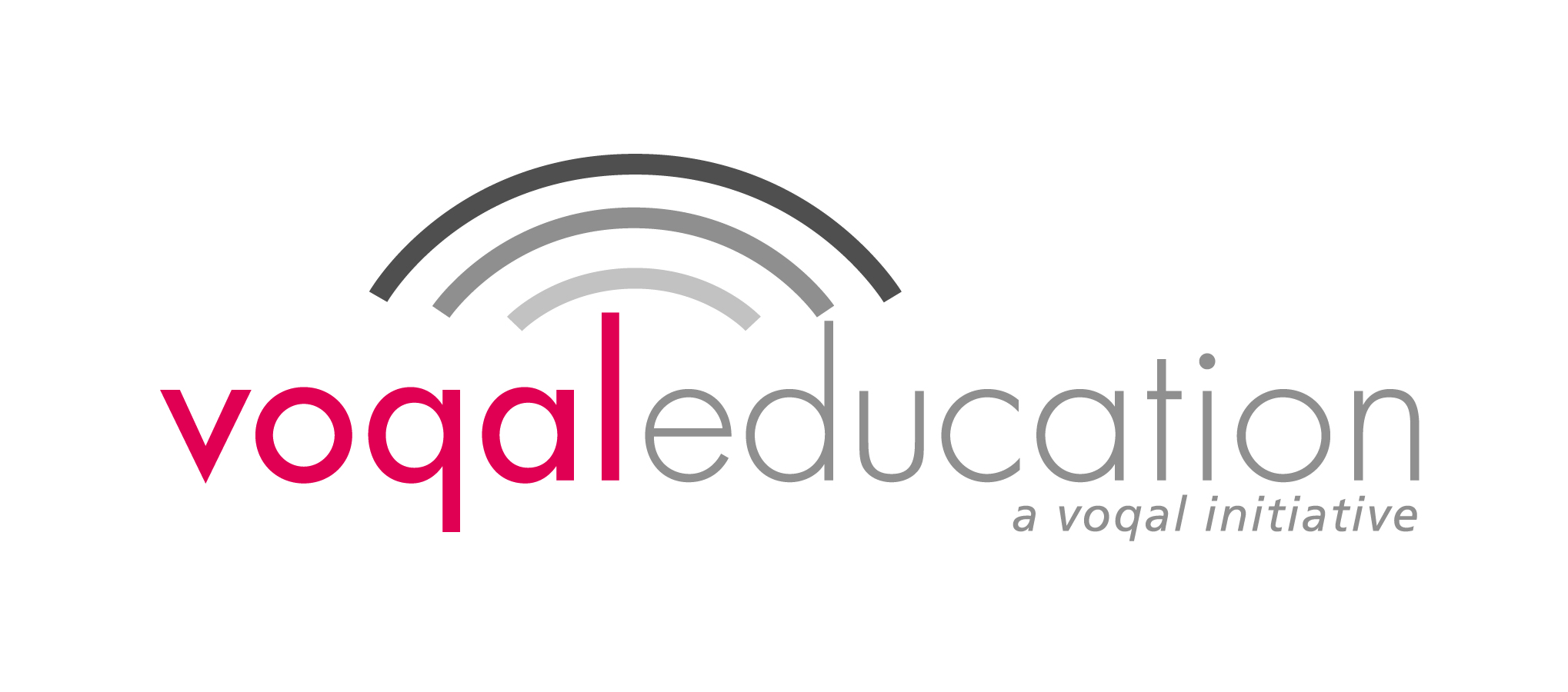December 20, 2016

The following is the first of several posts from Voqal Education Venture Fund Director, Vinny Badoloto, which lay out his plans for Voqal’s Education Venture Fund.
The opportunity structure in the United States is vast and growing more complex. While there are many variables that factor into this structure, formal education is one of the essential drivers of economic opportunity as schools are our central institution serving all individuals with the objective of imparting what is needed to have a fair shot of success in life. Yet, the American education system is not providing equal educational opportunity for all children. There are clear educational disparities associated with one’s race, social class, special needs and immigration status. Alarmingly, these disparities are leading to a significant shrinking of intergenerational social mobility with potentially long-term negative consequences for the American Dream.
Wanting to address these disparities, Voqal created the Education Venture Fund (EVF) to support an array of educational practices and outcomes, specifically including technology solutions, that measurably reduce the opportunity gap in education. The EVF is intended to invest in both for-profit and nonprofit early-stage entities to achieve this outcome. Utilizing an impact investment approach with the reverse double bottom line of social impact before financial return, Voqal seeks to identify and respond to capital formation needs in the sector and recruit co-investors into the fund over time.
I have spent my first three months as EVF director thinking about how best to meet the goals of the fund while making the greatest impact. My belief structure on educational opportunity comes from a mix of personal and professional experience. I grew up in Brooklyn, New York (back when it was pretty gritty and not the hipster paradise it is today) and attended New York City public schools through high school. While it has improved, the New York City public school system was not known as a bastion of educational opportunity. While I made it through with a pretty high-quality experience full of opportunity, I also know of many peers that experienced something mediocre at best and unconscionable at worst. My experience helped me acutely understand what educational disparity looks like and how damaging its long-term effects can be.
After being inspired post-college, I decided to try to do something about it. I have spent most of my professional career focused on improving education. More specifically, my career has centered on reducing educational inequality and increasing opportunity so every individual can choose their own path toward a brighter economic future for themselves and their family.
So what have I learned, combining my professional experience with my personal story? There are several big themes that I believe can reduce inequality and/or improve opportunity. This list is certainly not exhaustive and is a work in progress, but these themes do help guide my thinking and approach to action:
- Money matters. Yes, there are inefficiencies in the system, but quality education and schooling costs money. It is the main reason why the majority of public education funding is local and why people pay an education premium on their homes. Arguments to the contrary are deflections. The public education system needs to be better funded and that needs to come with more equality of funding across neighborhoods, cities, counties, states and the nation as a whole.
- Good teachers matter. Lots of factors influence educational outcomes, but no other factor is as important as a good teacher. And while certifications and test scores mean something, there is a lot more that goes into teacher effectiveness, and learning about this is a work in progress. And since we cannot find enough humans with the innate ability to be a world class teacher, tools to improve their craft can make a big difference.
- Learners need lots of options. A one-size-fits-all approach to solving any complex human problem never works. Reducing educational inequality and improving opportunity requires a more personalized approach: meeting learners where they are, offering a wealth of school and learning options, and moving toward opportunity pluralism where there are many paths toward economic prosperity. This means transforming educational delivery and the learner experience throughout the learning to work continuum and not simply focusing on the distracting and tired argument of school choice.
- Good public policy is critical. Education is a public good and is therefore governed by public policies. The best interventions and advances can only go so far. Broad social impact requires that public policy keeps pace and fosters the environment for change to happen.
I have some thoughts on a number of sweet spots to make the most significant and scalable impact on educational opportunity, and especially what that impact looks like, which I will offer in later posts. Overall, I am very excited to continue sharing what I learn in my position at Voqal, especially from the many entrepreneurs that are coming up with innovative solutions to reduce inequality and improve educational opportunity.